A spectacle of 1.51 lakh diyas, a Ramayan-themed drone show, and an ethos of unity mark the capital’s first Deepotsav under its new civic vision.
By Sarhind Times Cultural Bureau
New Delhi | October 19, 2025
Delhi shimmered last night in a festival of light unlike any other. As 1.51 lakh earthen diyas illuminated Kartavya Path, a luminous retelling of the Ramayan unfolded across the sky — not with fireworks, but through an orchestration of 2,000 synchronized drones and laser projectors.
The event, officially branded the “National Deepotsav 2025”, marked a new chapter in the capital’s public celebrations — blending India’s ancient spiritual symbolism with a modern message of sustainability and civic harmony.
The initiative, helmed by the Delhi Tourism and Cultural Department and inaugurated by Chief Minister Rekha Gupta, drew more than 2.5 lakh visitors from across NCR. Ministers, diplomats, artists, and schoolchildren thronged the newly landscaped corridor that links India Gate to Rashtrapati Bhavan, which now serves as the ceremonial heart of a “People’s Delhi.”
A Vision Beyond Festivity
Unlike traditional fireworks displays that choke Delhi’s air with pollutants, this year’s Deepotsav emphasized an eco-conscious celebration. Organisers replaced chemical lights with biodegradable lamps, installed solar-powered lanterns, and enforced strict zero-plastic protocols along the 2.5 km stretch.
“This is not just illumination — it’s inspiration,” said CM Rekha Gupta.
“Kartavya Path represents duty and collective pride. Deepotsav reminds us that light triumphs when every citizen plays their part.”
From the India Gate lawns, visitors watched as drones ascended into the smoky sky, forming sequential tableaux — from the birth of Lord Ram to his coronation — choreographed to a live symphonic rendition by the Delhi Philharmonic Ensemble. Each frame lasted mere seconds, yet the impact was profound.
When Technology Meets Tradition
The spectacle’s highlight was the Ramayan Drone Show, conceptualized by Delhi-based tech-art collective SkyCanvas India in collaboration with ISRO’s outreach division. The display used advanced AI-coordinated flight paths, precise to the millimeter, to craft mid-air visuals of divine characters and celestial motifs.
The drones, powered by lithium-ion batteries, emitted no smoke or sound — a deliberate choice to respect both the environment and the sanctity of the story being depicted.
“We wanted technology to serve tradition, not overshadow it,” explained Aditi Nair, creative director of SkyCanvas.
“Each light point symbolized a diya in the sky — together, they narrated a story of resilience and moral strength.”
The finale — where the drones aligned into the Sanskrit phrase “Satyamev Jayate” before morphing into the Indian tricolor — earned thunderous applause.
Crowd and Coordination
The event’s logistical scale rivaled a Republic Day parade. Over 1,200 Delhi Police personnel, 500 NDMC staff, and 200 fire and medical officers were deployed. The Delhi Metro extended its operating hours till midnight, while e-rickshaw stands and parking sensors helped manage the influx.
At every 100 meters, volunteers distributed free mitti diyas, encouraging visitors to light them responsibly and carry them home — a small gesture that linked public celebration with personal ritual.
Families posed for photos near water bodies reflecting endless flickers of light, while cultural troupes from Ayodhya, Varanasi, and Rameswaram performed traditional Ram Leela excerpts on floating stages.
For many attendees, the event was a moment of shared emotion.
“I felt like I was standing at the center of India’s soul,” said Rashmi Singh, a schoolteacher from Rohini.
“No crackers, no chaos — just calm and beauty.”
Economic and Civic Boost
Beyond cultural spectacle, the Deepotsav provided a shot in the arm for local artisans and small traders. Thousands of diyas, candles, and handicraft items were sourced from self-help groups across Delhi, Haryana, and Uttar Pradesh.
Street vendors reported brisk sales, with over ₹12 crore in collective revenue generated in three days. Hotels in Lutyens’ Delhi were booked to capacity, reinforcing the city’s growing appeal as a festival tourism destination.
The NDMC confirmed that over 60% of the décor used recycled materials.
“This is civic entrepreneurship in motion,” said Commissioner Alok Mishra.
“When public art meets sustainable management, citizens become participants, not spectators.”
Lighting Up National Identity
The symbolism of holding a Deepotsav at Kartavya Path — the erstwhile Rajpath — was not lost on observers. It represented a shift in narrative: from colonial grandeur to people’s pride.
As the evening progressed, students from Delhi University read verses from Tulsidas’ Ramcharitmanas, alternating between Hindi and English translations. Each verse was projected on the façade of North and South Block, blending poetry with architecture.
The ceremony ended with a collective pledge:
“Let light guide duty, let duty honor light.”
Analysts note that this messaging aligns with the government’s “Kartavya Bharat” campaign — emphasizing civic responsibility as a moral compass for modern India.
The Cultural Renaissance of Delhi
Over the last two years, the Delhi government has sought to reposition the capital as a cultural megapolis, rivalling global heritage cities. The Deepotsav fits into a broader blueprint that includes:
- The Chandni Chowk Heritage Walk Circuit
- The Yamuna Aarti Corridor Project
- Smart Artisanship hubs for local crafts
- The Global Culture Summit slated for February 2026
This year’s Deepotsav served as the blueprint for future AI-enhanced heritage events, where drones, augmented reality, and live storytelling create immersive civic experiences.
Cultural historian Dr. Renu Puri calls it “the rebirth of Indian public space.”
“Festivals in Delhi were once confined to communities. Now they’re collective civic experiences — rooted in heritage, amplified by technology.”
Environmental Note: A Breath of Fresh Change
The success of a cracker-free Deepotsav also had measurable environmental impact. Data from the Delhi Pollution Control Committee (DPCC) recorded PM2.5 levels 17% lower than the same day last year.
The city’s anti-smog teams, deployed in tandem with the event, used mechanical sweepers and sprinklers to maintain air quality. Over 300 sensors monitored crowd density, waste levels, and even sound decibels, marking a new standard in civic event management.
“We turned celebration into sustainability,” said Environment Minister Asha Verma.
“This is the model we’ll replicate citywide — festivals that heal, not harm.”
Art Meets AI: The Human Touch in Digital Light
Behind the high-tech visuals lay months of human creativity.
The choreography was developed by a diverse 70-member team of engineers, artists, and theatre directors. Each drone pattern was first drawn on paper, then simulated using machine-learning models that predicted aerial stability against wind turbulence.
Lighting cues were mapped to Indian classical ragas, ensuring cultural authenticity. Even the colors chosen — warm ambers, golds, and whites — symbolized satya (truth), dharma (duty), and shanti (peace).
“AI gave us precision, but human emotion gave us meaning,” noted Vishal Raj, project lead at SkyCanvas.
“When drones formed the image of Lord Ram’s return to Ayodhya, I saw tears in people’s eyes. That’s what technology should do — connect hearts.”
Voices of the People
Visitors hailed from across India — families, tourists, and students capturing the fusion of faith and modernity on their phones.
“I came thinking it was just another light show,” said Najeeb Khan, an architecture student.
“But the coordination, the message — it made me rethink what public design can achieve.”
International tourists, too, took note. Sophia Laurent, a visitor from France, called it “an unforgettable example of how cultural identity can embrace digital art.” Her footage, shared online, garnered over 2 million views overnight.
A Cultural Soft Power Moment
Diplomatic observers describe the Deepotsav as part of India’s emerging soft power diplomacy — using festivals to project an inclusive, forward-looking identity. Delegates from 18 embassies, including Japan, Egypt, France, and Brazil, attended the ceremony, expressing interest in cultural collaborations.
“Festivals are the heartbeat of civilization,” said Ambassador Koji Takahashi of Japan.
“India is showing the world how faith and technology can coexist without conflict.”
The event’s documentation will be submitted to UNESCO’s Creative Cities Network as part of Delhi’s nomination under the “Cultural Innovation” category.
Challenges and Takeaways
While the event was widely praised, some urban planners cautioned that large gatherings pose crowd-management and waste risks if replicated frequently. Environmental groups, too, urged policymakers to sustain discipline post-festivity.
Anjali Menon, of the non-profit GreenDelhi Collective, observed:
“The message of light must not end at the show. If every citizen takes home the idea of responsibility, then Kartavya Path will truly live up to its name.”
Beyond the Lights: The Spirit of Duty
As the night faded, the diyas flickered gently under the autumn breeze. Children played near reflecting pools, elders sat humming bhajans, and volunteers collected biodegradable remnants. There was no blaring music, no disorder — only quiet pride.
In those calm minutes past midnight, the meaning of Deepotsav revealed itself: not in spectacle, but in the unity it fostered.
Delhi’s experiment has set a precedent. If Kartavya Path continues to glow with purpose, India may have found the perfect balance between devotion, design, and duty.
#Deepotsav #KartavyaPath #Delhi #Culture #Sustainability #Ramayan #DroneShow #SarhindTimes
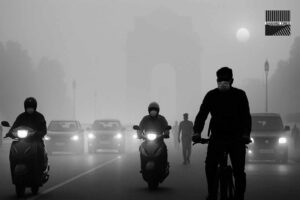
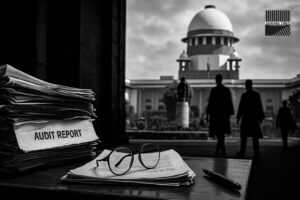
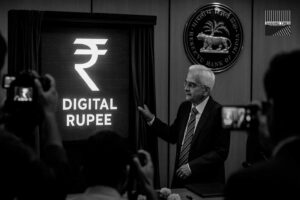

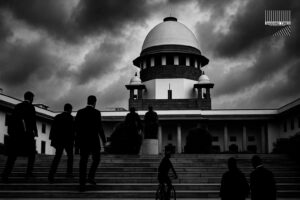
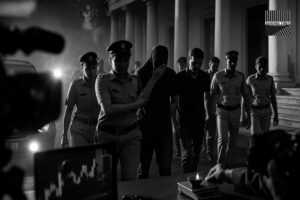
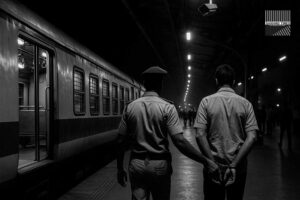
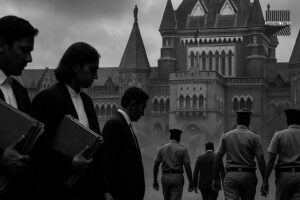



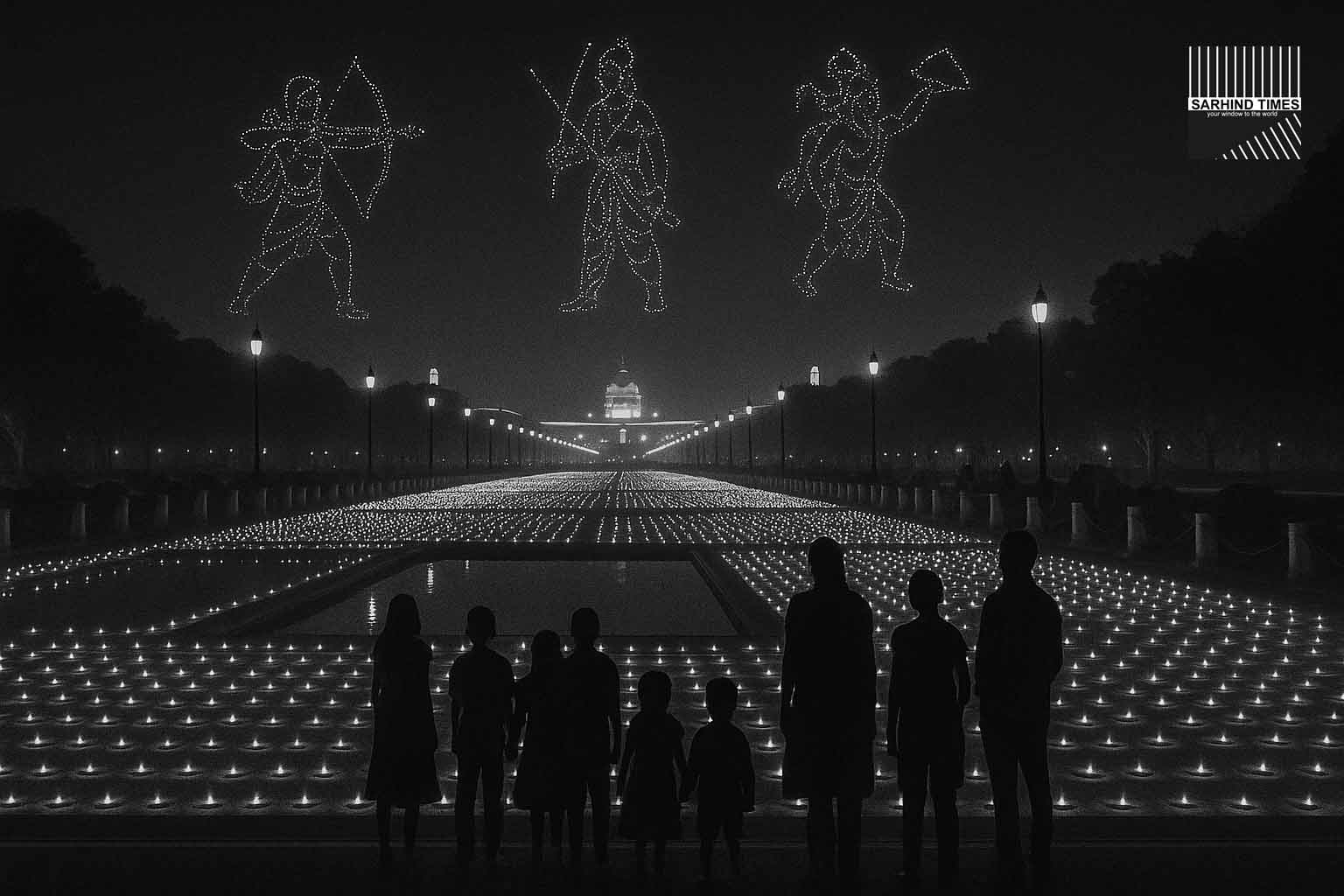
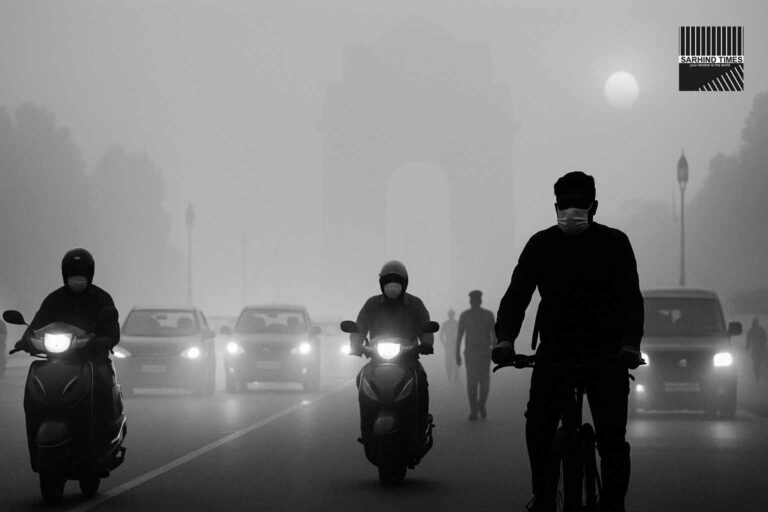
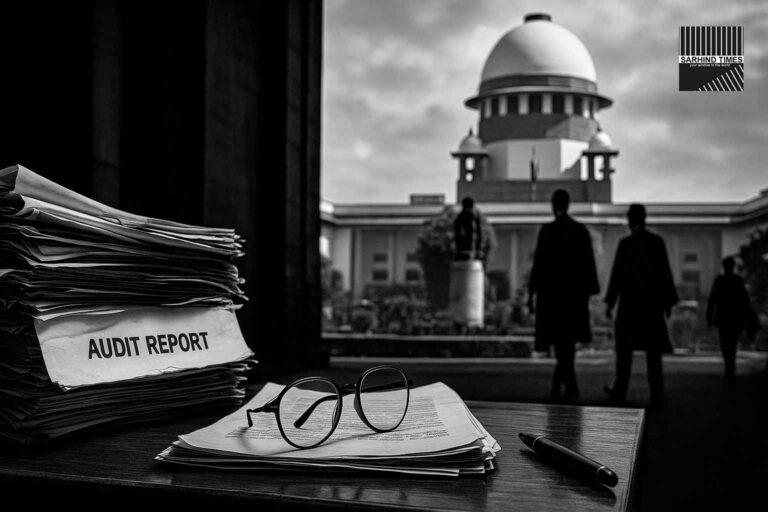
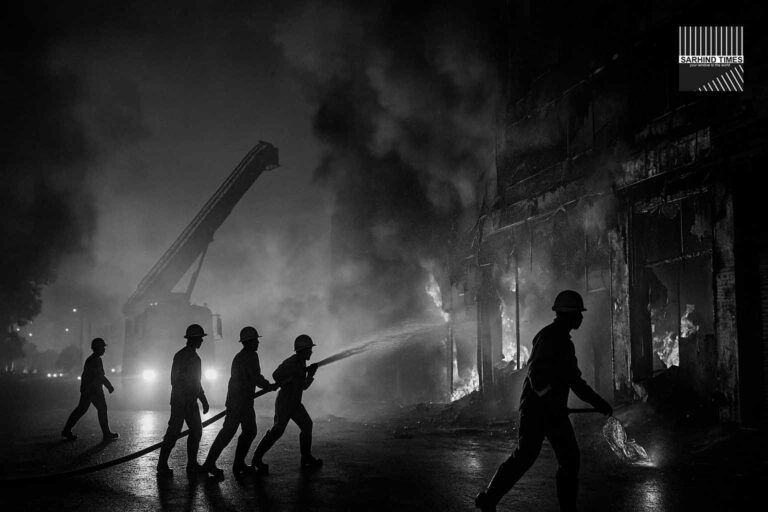
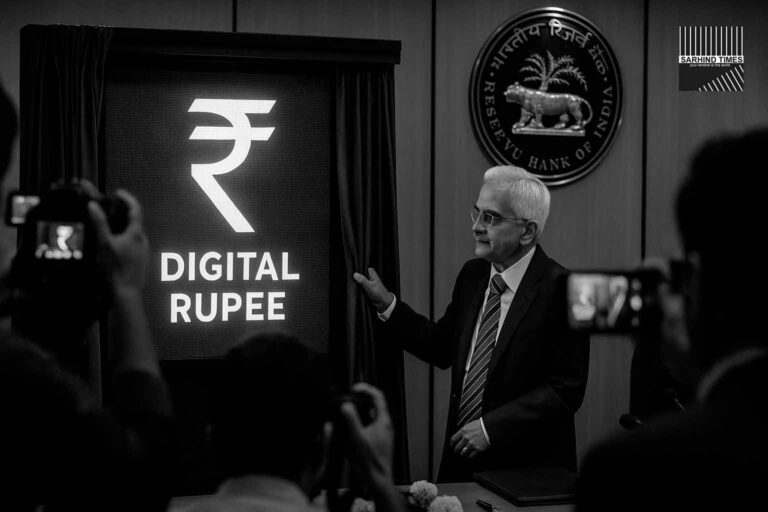
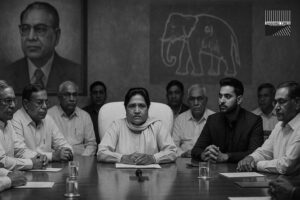
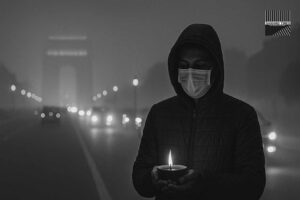
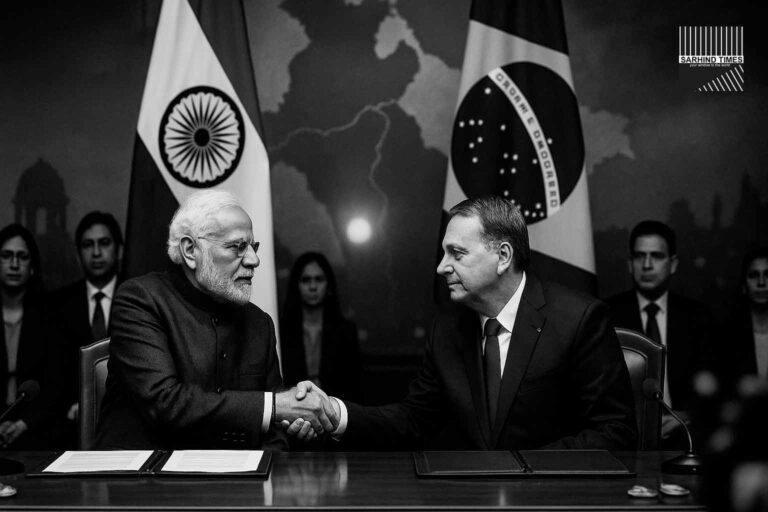
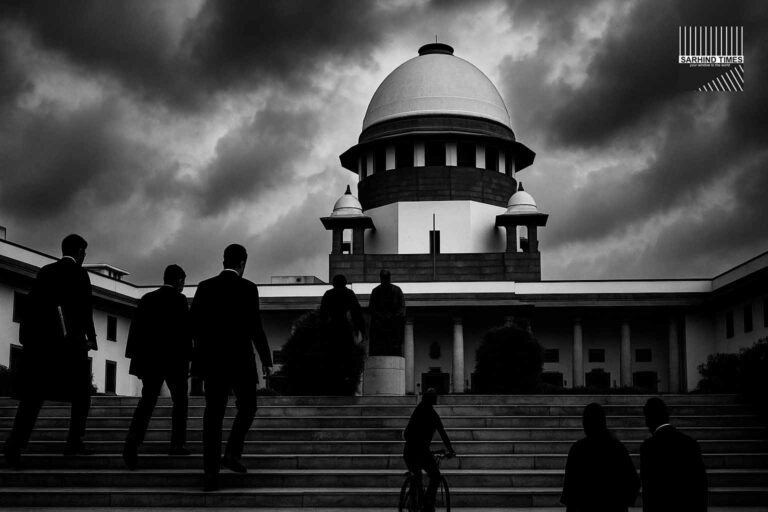
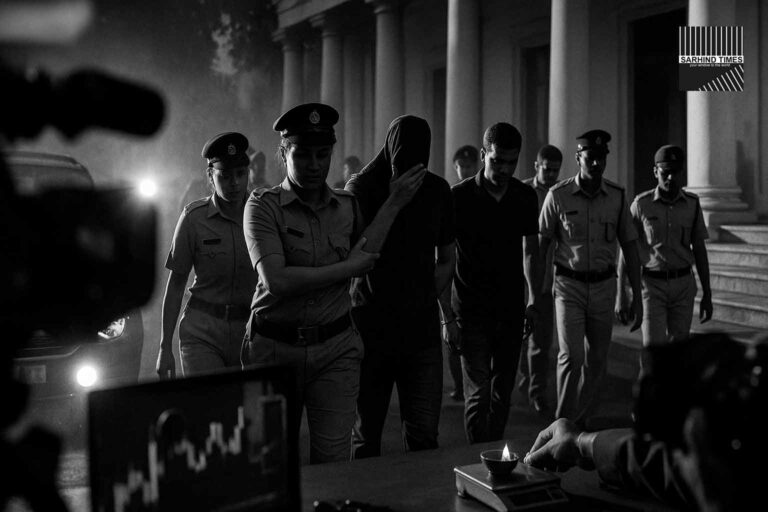
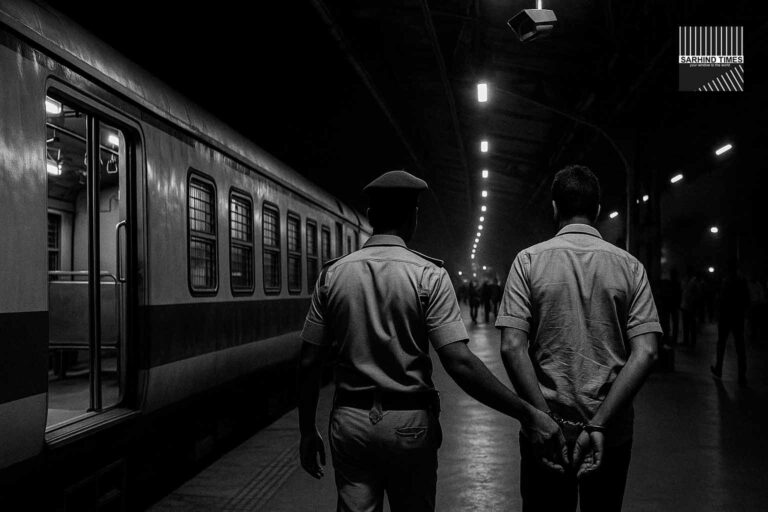
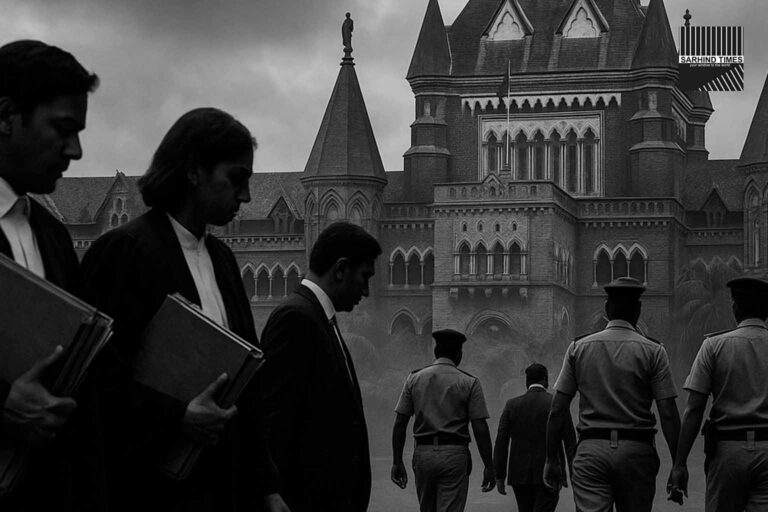
+ There are no comments
Add yours